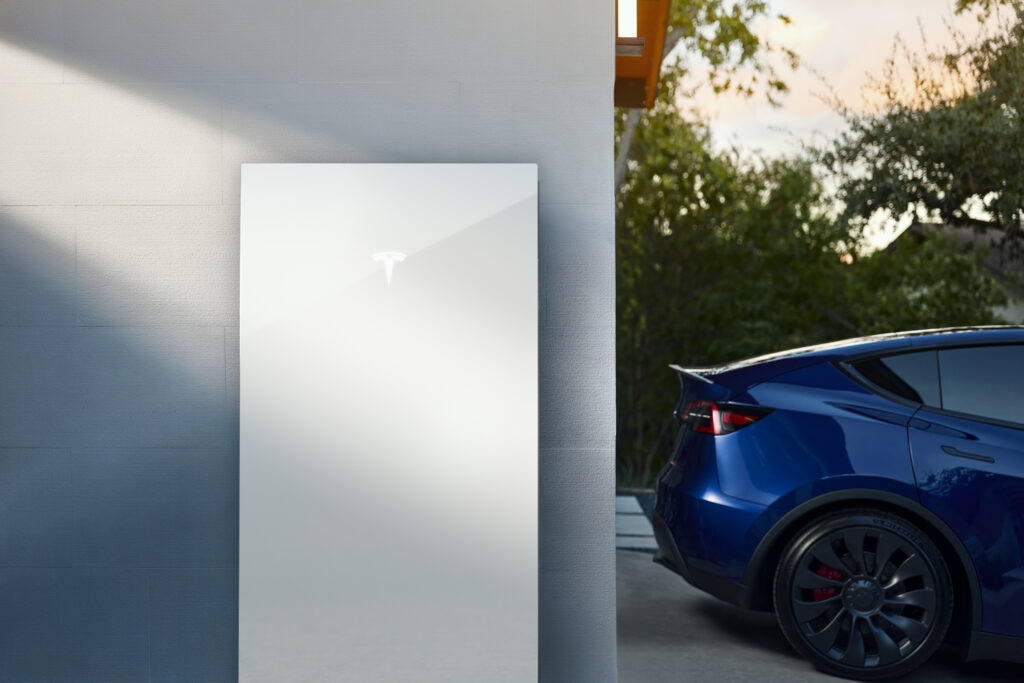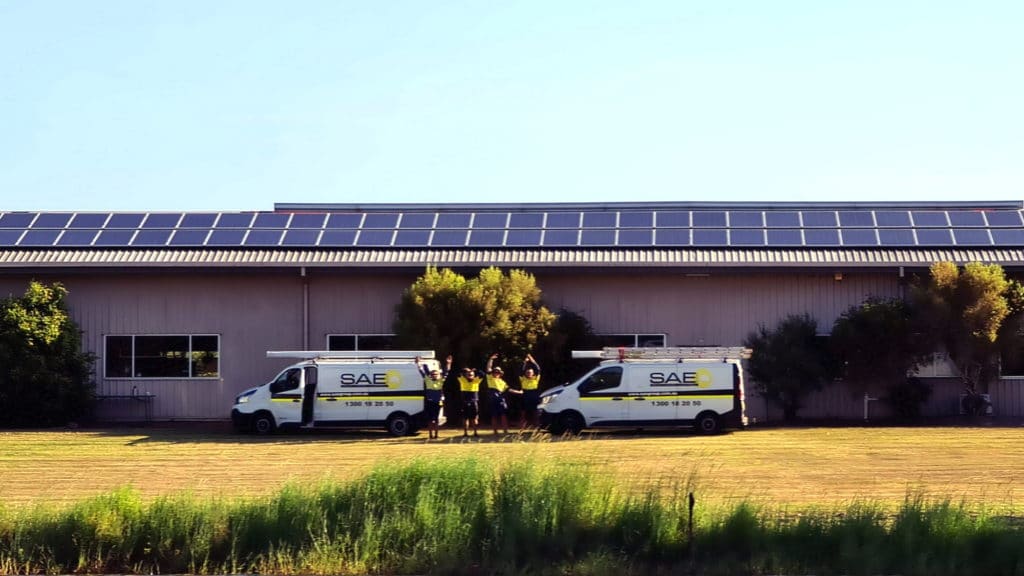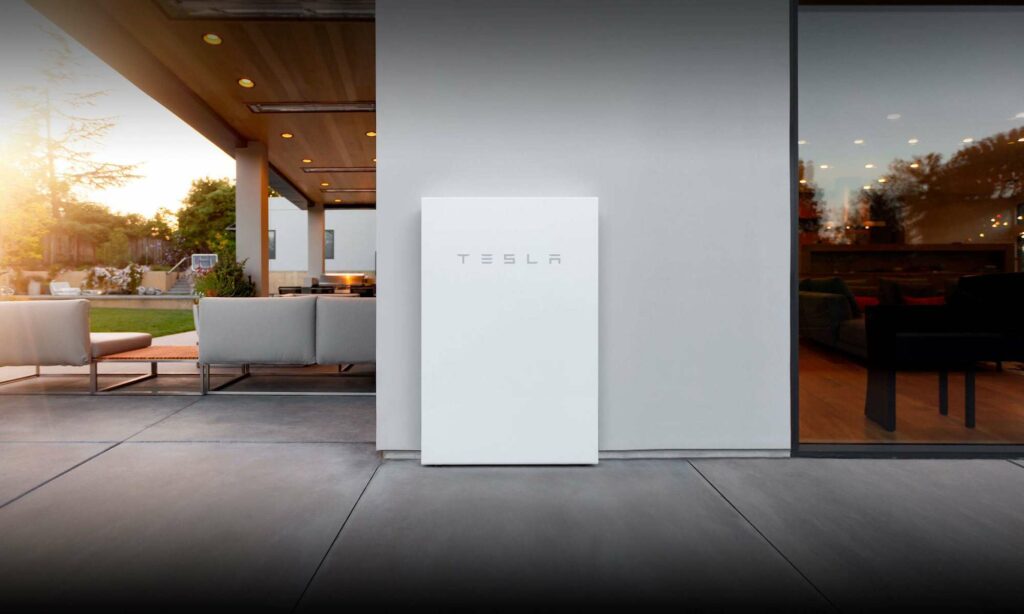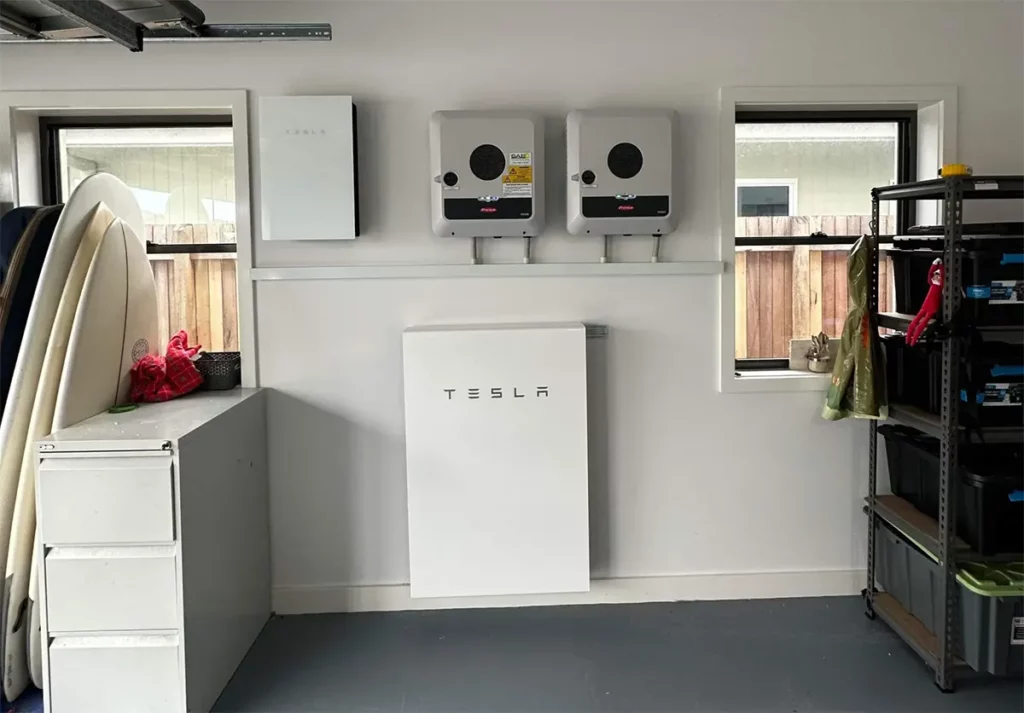Reverse Cycle Air Conditioning Keeps Your Warm This Winter
Home » Reverse Cycle Air Conditioning Keeps Your Warm This Winter

Reverse Cycle Air Conditioning Keeps Your Warm
Stay Warm & Save this Winter
Reverse Cycle Air Conditioning is Cheaper than Gas Heating & Electric Heaters
How You benefit from reverse cycle air conditioner:
- The air is distributed evenly throughout the room. Certain models in our range of reverse cycle air conditioning units have 3D air distribution that circulates the air to the corners. In the case of electric heaters it is hot near the heater and cold in the rest of the room.
- The room is thermostatically controlled so no electricity is wasted by overheating.
- Reverse cycle air conditioning units can be set to turn on 30 minutes before your alarm goes off in the morning. You can get out of bed into a warm room for less than 15 cents per day.
- In summer, the air conditioner is used for cooling whereas the electric heater sits dormant in storage.
- Electric heaters have safety issues. A 2 kW electric heater can overload electric circuits especially in older houses. Overloaded circuits can cause fires. In addition, the high radiant heat close to the heater can cause clothing to catch fire.
Although the East Coast of Australia generally has quite mild weather all year round, in cooler months many households need the extra comfort of a heating system at some point. Using reverse cycle air conditioning to heat your home can be economical to run in comparison to other means of heating, in fact, the air conditioner is at least 3 times more efficient as an electric heater.
Using an electric heater for every 2 kW of heat, you will require 2 kW of electrical power. Compare this to reverse cycle air conditioning (heating & cooling) which requires only 0.6 kW of electrical power for every 2 kW of heat produced.
Looking at the numbers in terms of dollar value. Based on today’s (winter 2015) energy costs of 25 cents per kWh the 2 kW electric heater will cost 50 cents per hour to run. The air conditioner in heating mode will cost 15 cents per hour. Let’s assume that the heating is run for 7 hours per day throughout winter = 588 hours. The running cost for the electric heater will be $294 and only $88.20 for the reverse cycle air conditioning. That is a huge saving!
Of course, there are many different considerations when choosing a heating or reverse cycle air conditioning system. This can include installation requirements, ongoing running costs and the type of system that best suits your lifestyle and the layout of your home. The cheapest or smallest system may not necessarily meet all your needs or give you the best energy savings, so it’s best to talk to a professional for advice on how to save the most energy and money when heating your home.
CHECKLIST: CHOOSING A REVERSE CYCLE AIR CONDITIONING SYSTEM
Before our air conditioning specialist can recommend the best system to meet your summer & winter needs, you should consider:
- Whether you prefer a system for heating only or one that can both heat and cool your home
- The size of the room or rooms you want to heat. If you decide to heat only part of your home, you will need to decide which rooms you want to heat
- Your family lifestyle needs, e.g. will you only use the system before and after work, or is it likely to be on most of the day?
- What reverse cycle air conditioning systems are available, including how they work and the functional differences
- The total costs for purchase and installation, as well as ongoing running and maintenance costs
- Who you contact if the system breaks down. What warranty is available and what parts are covered by the warranty.
The most obvious benefit of reverse cycle air conditioning systems is that the one appliance can be used for both heating and cooling. With a one of these air conditioners, you have one unit providing the combined effects of both a home cooling and heating.
Of course with any purchase, you need to compare the pros and cons of different systems to determine which is going to get the best results for you.
One important factor is to look at the overall costs when choosing your reverse cycle air conditioning system. A unit with a slightly higher purchase price and installation cost could deliver the far lower operating costs, making it a better buy in the long run.
Consider the following factors when making your choice:
- The energy star rating (the more stars, the more energy efficient).
- The size of the area to be cooled.
- The direction that your room faces, whether the room is insulated and the size of any windows in that room.
- The amount of time that you will use the appliance each day.
- The cost of the appliance.
- The cost of installing it.
- The running costs, usually expressed in terms of cents per energy unit used (kWh).
- How long you expect the appliance to last.
Our air-conditioning specialist will be able to help you work out the right unit for your specific needs, you can also read more here on our range of reverse cycle air conditioning units. Installing the appropriate sized system is particularly important with reverse cycle air conditioning system. Choosing a system that is too small won’t provide effective heating or cooling. Choosing a system that is too large will result in frequent cycling (turning on and off), wasting energy, money and increasing the wear and tear on the system.
Contact us today to arrange for our air-conditioning specialist to do a free in-home inspection or click below for your obligation free quote.







